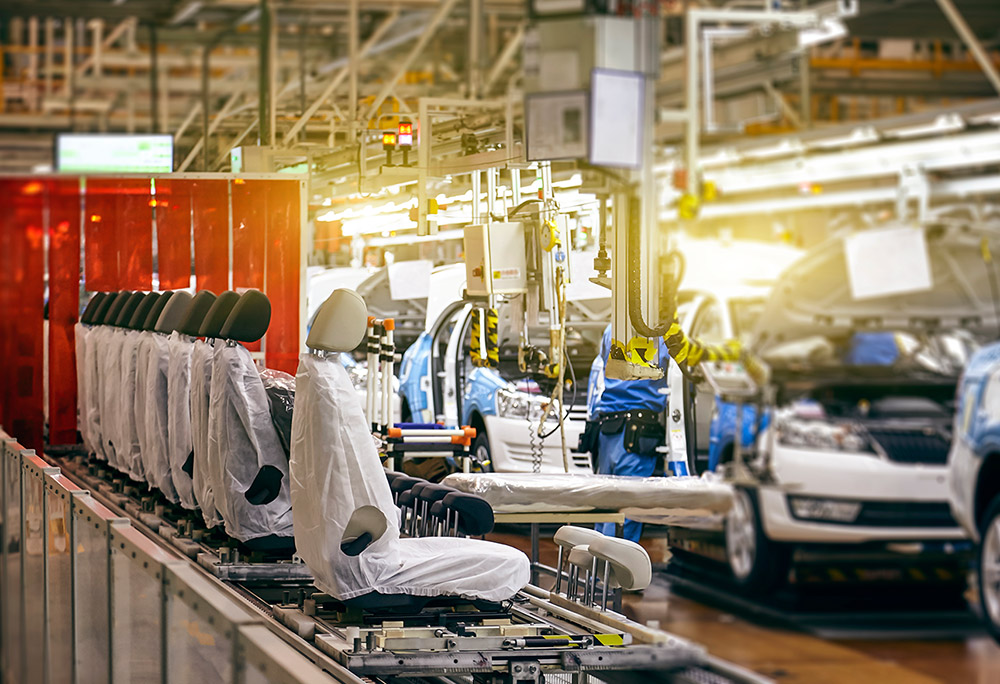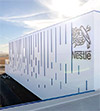Automakers are recalibrating how they evaluate industrial sites as the industry accelerates toward advanced mobility, electrification, and flexible production models. The shift is subtle but significant: companies are placing less emphasis on massive parcels and more on adaptability, supply chain proximity, and workforce access.
“Companies are looking for sites that can grow and pivot with their production needs,” says Justin Robinson, executive vice president of economic development at the Detroit Regional Partnership. “We’re seeing a trend toward mid-sized facilities—generally between 20 and 200 acres—that can support specialized operations without the overhead of a traditional mega-plant.”
The priorities for site selection have evolved alongside these operational changes. Access to airports, ports, and major research universities now ranks highly, as does the availability of truck-ready docks and renewable energy infrastructure, rectangular sites, and no wetlands. Rail, historically a centerpiece of automotive logistics, is increasingly considered optional for many projects, appearing as a key requirement in fewer than ten percent of recent inquiries tracked by Detroit’s Verified Industrial Properties (VIP) program.
“Speed and flexibility are taking precedence over sheer capacity,” adds Shannon Selby, vice president of real estate for the Detroit Regional Partnership. “Companies want sites that can be retooled quickly as technology changes, whether that’s for electric powertrains, autonomous vehicles, or additive manufacturing processes.”
The shift isn’t just about location—it reflects broader structural changes in the industry. Emerging mobility technologies require new research and production processes, forcing companies to rethink the traditional “build it once, scale it forever” approach. Flexible sites allow manufacturers to experiment with smaller production runs, integrate new technology, and scale workforce needs incrementally.
Companies are looking for sites that can grow and pivot with their production needs.
The VIP program, which Selby and Robinson help manage, provides analysis and support to industrial site owners and developers across the Detroit region. While the program itself is regional, its insights reflect trends shaping site selection nationwide. “Even companies not based in Michigan are thinking differently about the type of footprint they need,” says Robinson. “We’ve been able to identify attributes that are quickly becoming baseline expectations—proximity to talent, adaptable facilities, and logistical connectivity are no longer optional.”
These trends also carry implications for corporate real estate executives and site selectors evaluating opportunities across the United States. Mid-sized, adaptable sites in well-connected regions are increasingly in demand, while traditional large-scale manufacturing parcels without flexible infrastructure risk falling out of favor. Environmental considerations, particularly renewable energy availability, are also influencing site preferences as automakers align with sustainability goals and regulatory expectations.
Selby notes that the change in priorities represents an inflection point for industrial real estate. “Companies are thinking beyond just cost and location,” she says. “They are assessing how quickly a site can evolve with their operations and whether it can support the advanced technologies defining the future of mobility.”
In short, as the automotive sector accelerates into a new era of electrification, autonomy, and innovation, site selection strategies are following suit—favoring agility, connectivity, and readiness over size alone. Programs like VIP are helping developers and site owners understand these trends, but the lesson is universal: the sites of tomorrow require foresight as much as square footage.




